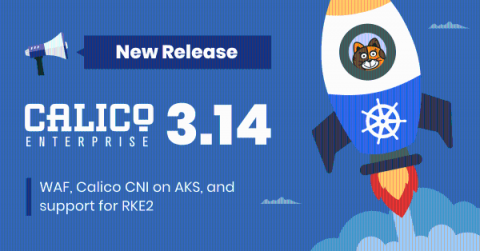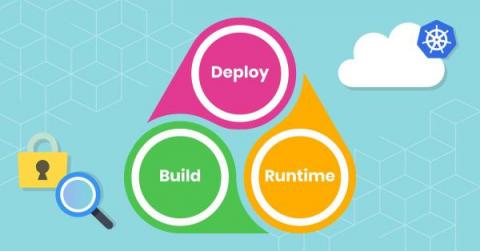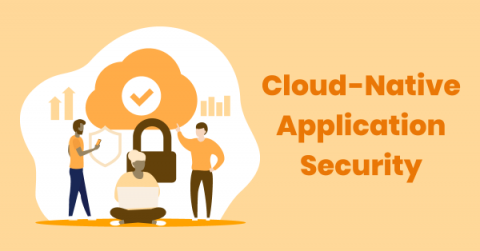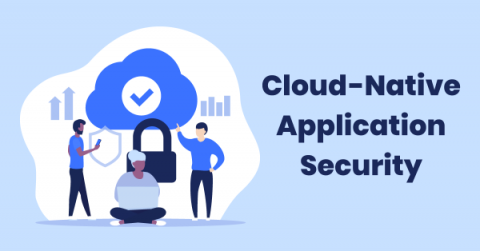What's new in Calico Enterprise 3.14: WAF, Calico CNI on AKS, and support for RKE2
At Tigera, we strive to innovate at every opportunity thrown at us and deliver what you need! We have listened to what users ask and today we are excited to announce the early preview of Calico Enterprise 3.14. From new capabilities to product supportability and extending partnerships with our trusted partners, let’s take a look at some of the new features in this release.











